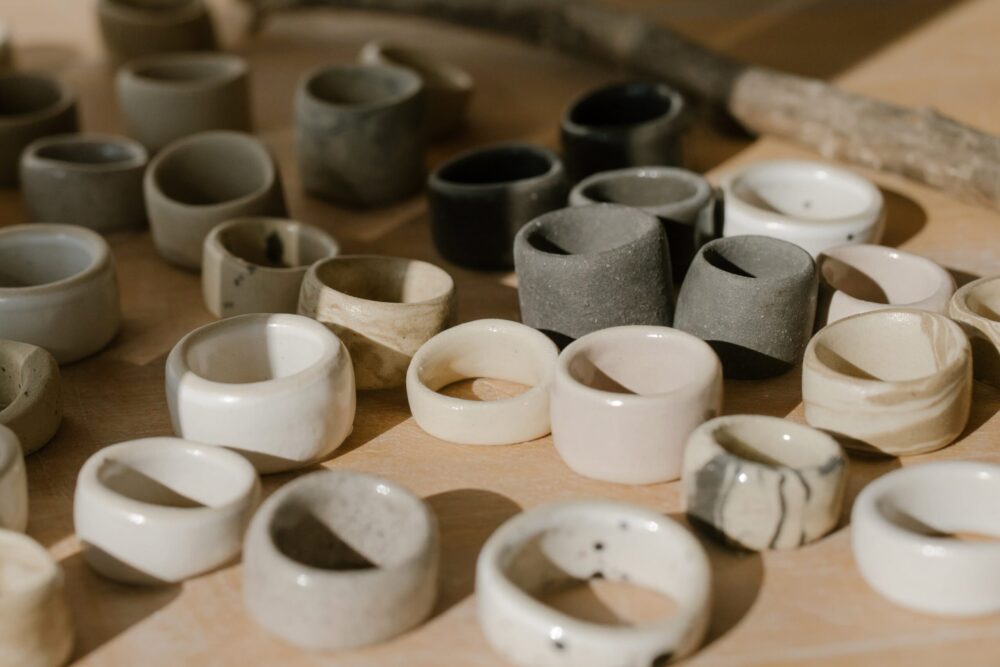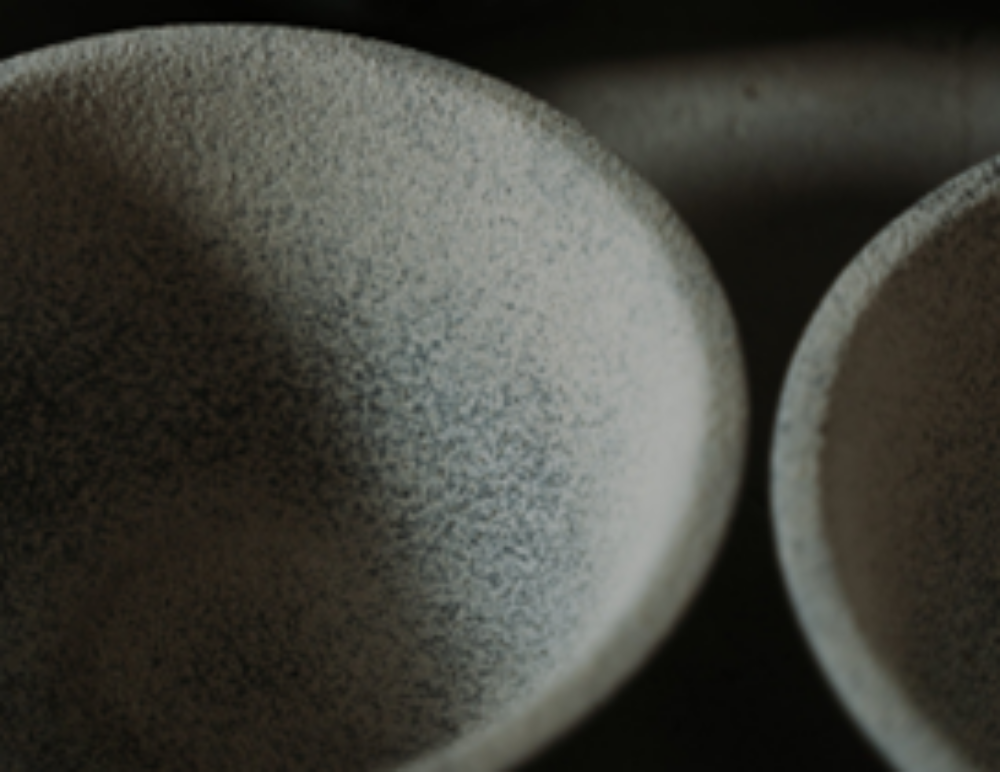Technology Landscape
Ceramics
Client overview
The client was a global manufacturer of devices that utilise parts made of porous and/or non-porous ceramics. These ceramic materials provide a variety of functionalities required in the client’s current devices such as good mechanical strength and hardness, high-temperature stability, ability to withstand thermal shock, resistance to chemicals and corrosion, etc. The client was on the lookout for innovative ceramic materials that can be used to improve the performance of their devices. To help gain the potential to innovate, the client wished to embark upon a programme to gain an understanding of the ceramic markets that have relevance to their current and future products, thereby reducing dependence on suppliers. The aim was to evaluate technology solutions and the players operating in the space.


The search
Strategic Allies (SAL) initiated a technology landscape to capture the different methods and/or processes that would enable the manipulation and/or modification of currently available ceramic materials to provide additional functionalities of interest. These functionalities include conductivity, transparency, self-healing, self-cleaning, antibacterial, surface texturing to control hydrophobicity/hydrophilicity, ability to create microchannels, etc.
Technologies from industries such as medical, biomedical, energy/renewables, filtration, defence, printing, consumer goods, and watchmaking were explored using a combination of secondary and primary research. SAL also interviewed academics with expertise in the research and development of ceramics and the associated forming techniques to gain further understanding of the up-and-coming research activities in the space and the current limitations and/or challenges to develop ceramics with the functionalities that were of interest to our client.
“There is lots of good stuff to digest…… Gives us lots to think about …. great work”
“Very insightful feedback gathered from primary research”
“Encouraging to know that we are moving in the right direction”
Outcome
SAL presented close to 40 technologies that can be used to create ceramics with the functionalities that were of interest to our client – these included a range of commercially available solutions and research-level development.
The final report also included a summary of insights gathered from interviews with academic experts, providing the client with an overview on upcoming research activities in the space.